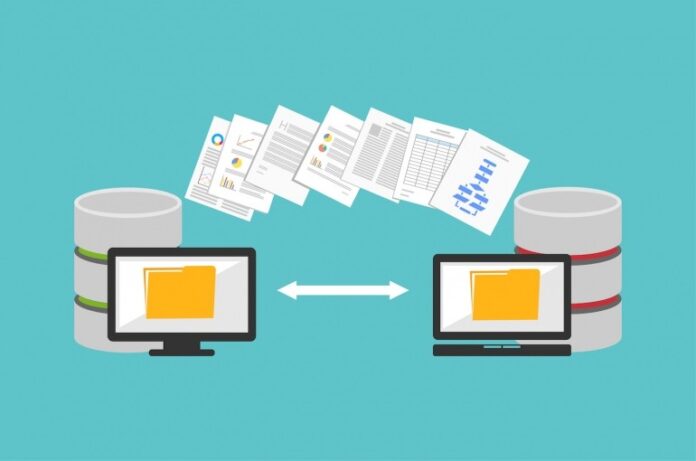In the ever-evolving landscape of technology, businesses are constantly seeking ways to enhance their operations, streamline processes, and maximize efficiency. One such revolutionary solution that has emerged to address these needs is cloud data migration. But what exactly is cloud data migration, and how does it benefit businesses? Let’s embark on a journey to unravel the mysteries and intricacies of this transformative process.
Imagine a bustling office, filled with stacks of paper documents, file cabinets, and employees scurrying around to locate critical information. This scene, although reminiscent of traditional business practices, paints a picture of inefficiency and wasted resources. Now, envision a sleek, modern workspace where information flows seamlessly across digital platforms, accessible at the click of a button. This is the essence of cloud data migration – the transition from antiquated, on-premises data storage systems to dynamic, cloud-based solutions.
At its core, cloud data migration involves transferring data from local servers or legacy systems to cloud-based infrastructure. This migration process offers a myriad of benefits, ranging from scalability and cost-effectiveness to enhanced security and accessibility. By leveraging the power of the cloud, businesses can unlock new opportunities for growth and innovation.
One of the primary drivers behind the adoption of cloud data migration is scalability. Traditional on-premises infrastructure often imposes limitations on storage capacity and computing resources. As businesses expand and data volumes soar, these constraints become increasingly burdensome. However, the cloud offers virtually unlimited scalability, allowing organizations to scale their operations seamlessly without worrying about infrastructure limitations. Whether it’s storing terabytes of customer data or processing millions of transactions per day, the cloud provides the flexibility to accommodate evolving business needs.
Cost-effectiveness is another compelling advantage of cloud data migration. Maintaining on-premises infrastructure incurs significant upfront costs for hardware procurement, installation, and maintenance. Additionally, businesses must allocate resources for ongoing upgrades and expansions to keep pace with technological advancements. In contrast, cloud-based solutions operate on a pay-as-you-go model, eliminating the need for substantial upfront investments. Moreover, cloud providers handle infrastructure maintenance and upgrades, reducing the burden on internal IT teams and minimizing operational costs.
Security is a paramount concern for businesses entrusted with sensitive data. Traditional on-premises systems are susceptible to security breaches, data loss, and unauthorized access, posing significant risks to organizations. In contrast, cloud service providers employ robust security measures, including encryption, access controls, and regular security audits, to safeguard data integrity and confidentiality. Furthermore, cloud data centers adhere to industry-leading compliance standards and certifications, providing assurance that sensitive information is protected against cyber threats and regulatory violations.
Accessibility and flexibility are fundamental pillars of cloud data migration. With data stored in the cloud, employees can access information anytime, anywhere, using any device with an internet connection. This seamless accessibility empowers remote workforces, fosters collaboration, and enhances productivity. Additionally, cloud-based solutions offer unparalleled flexibility, enabling businesses to adapt to changing market conditions and customer demands swiftly. Whether it’s scaling infrastructure resources to meet fluctuating workloads or deploying new applications seamlessly, the cloud provides the agility needed to thrive in today’s dynamic business landscape.
Despite its numerous advantages, cloud data migration requires careful planning and execution to ensure a smooth transition. Businesses must assess their existing infrastructure, identify data migration strategies, and mitigate potential risks to minimize disruptions. Additionally, collaboration with experienced cloud migration specialists can streamline the process and optimize outcomes.
In conclusion, cloud data migration represents a transformative journey for businesses seeking to harness the full potential of digital technology. By embracing the scalability, cost-effectiveness, security, and accessibility offered by the cloud, organizations can propel their operations into the future with confidence and agility. As we continue to embrace innovation and embrace change, cloud data migration will undoubtedly remain a cornerstone of digital transformation, driving unprecedented growth and success for businesses worldwide.



